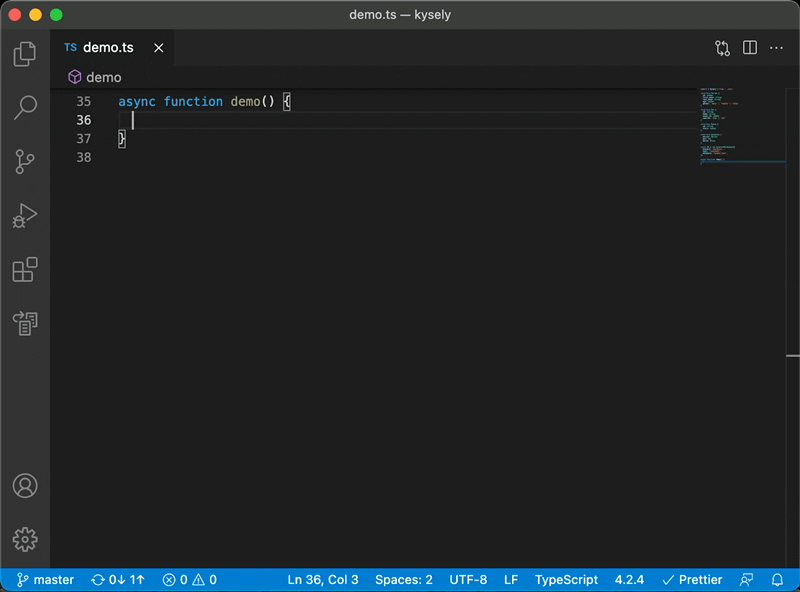Building a Search Engine with Python
Introduction
In the digital age, search engines are the backbone of how we navigate the internet. Whether you're building a full-scale search engine or just implementing a simple search for your app, understanding the core concepts is essential. In this article, we’ll walk through how to build a basic search engine using Python, while exploring a variety of Markdown formatting techniques.
Who is this for?
If you're a developer with a basic understanding of Python and you're curious about how search engines work under the hood, this guide is for you.
Prerequisites
To follow along, make sure you have:
- Python 3.8 or higher installed
- A code editor (like VS Code)
- Basic knowledge of Python functions and data structures
Topics Covered
- Indexing
- Tokenization
- TF-IDF scoring
- Ranking and search results
Estimated Reading Time
About 10 minutes.
Text Formatting Styles in Markdown
We’ll use various text styles throughout this article:
- Italic text is used for emphasis.
- Bold text is used for important terms like TF-IDF.
- Bold and italic when something really matters.
Strikethroughfor deprecated approaches.- Underlined text (via HTML):
Understanding Search Engines
Search engines work in three main stages:
Indexing → Searching → Ranking
This sentence
has a line break
to demonstrate spacing.
Another line of plain text follows.
Why This Matters
"The best way to learn how a search engine works is to build one yourself."
— Someone on the internet
That’s the philosophy we’ll follow here.
Let’s build it from the ground up.
Required Python Libraries
Unordered List
nltksklearnTfidfVectorizercosine_similarity
flask
Ordered List
- Install dependencies
- Write tokenizer
- Clean the text
- Split into words
- Rank using cosine similarity
Sample Python Code
Inline Code Example
Use pip install nltk to install the Natural Language Toolkit.
Code Block
from sklearn.feature_extraction.text import TfidfVectorizer
from sklearn.metrics.pairwise import cosine_similarity
documents = ["Python is a programming language", "Search engines use TF-IDF"]
vectorizer = TfidfVectorizer()
vectors = vectorizer.fit_transform(documents)
similarity = cosine_similarity(vectors)
print(similarity)Helpful Resources
- OpenAI for cutting-edge AI tools
- https://www.example.com for sample content
Search Engine Flow

A simplified visual representation of how documents are processed.
Comparison Table
| Name | Role | Experience |
|---|---|---|
| Alice | NLP Engineer | 3 years |
| Bob | Data Analyst | 2 years |
| Charlie | ML Engineer | 4 years |
Final Thoughts
Search engines are fascinating, and Python makes them approachable. Even a basic version will help you understand how modern web systems work.
Let’s celebrate your progress 🎉 Launch your engine 🚀 And keep learning 😄
Let me know if you'd like a downloadable version or tailored setup for platforms like GitHub Pages, Obsidian, or Notion-style MDX blogs.